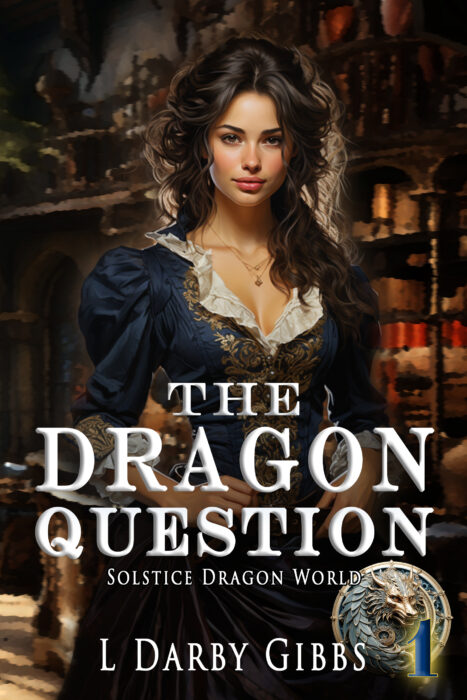I read an article about the various distinct cultural nations within the United States and found it very useful for determining the underlying influences of characters in fiction. In this article which made use of the work of Colin Woodard, Matthew Speizer provides (This map shows the US really has 11 separate ‘nations’ with entirely…
Tag: writing
Every writer needs a strong posture. I recently watched a TED talks video, Amy Cuddy’s “Your Body Language Shapes Who You Are.” As a teacher, I understand the dynamics of body language. I read my students’ body language all the time and modify my approach to match or alter their attitudes so the class runs…
Two sides to writing It is Wednesday evening and for two days running I have not been writing on my #wip. Arggg! I even am a bit late on my blog. Not good. So what is the status on Book 4 of Students of Jump you ask. Well, so far it is the longest book…
Dancing with the daffodils I Wandered Lonely As A Cloud by William Wordsworth I wandered lonely as a cloud That floats on high o’er vales and hills, When all at once I saw a crowd, A host, of golden daffodils; Beside the lake, beneath the trees, Fluttering and dancing in the breeze. Continuous as…
Getting my logs in a line I visited +HannahHeath’s blog recently and read her great post on writing loglines for novels. It galvanized me to work at mine a second time. So here’s my loglines for all my Student of Jump books. In Time Passed, Students of Jump Book 1 Logline: An accidental inventor of…
Steering around the logs We’ve been getting a lot of rain lately, several weeks worth actually. Water is gathering on our side walk, and pooling there for days because the ground is so saturated. But the last two days have been dry and warm, so off to the lake we went to water ski. The…
One simple rule. I have had several rules over the years that have served me very well. One rule is that if I have a goal, I should never stop pursuing it. This rule has a kissing cousin that follows the same determination just replace “goal” with “habit.” It is my belief that once you…
Why one brown chair? And there’s an escape route. Sometimes teaching is like writing and other days, not even close. I stand before my students and do all that I can to hold their attention. I don’t know how to tap dance or tell good jokes, but sometimes I feel they would be good skills…
